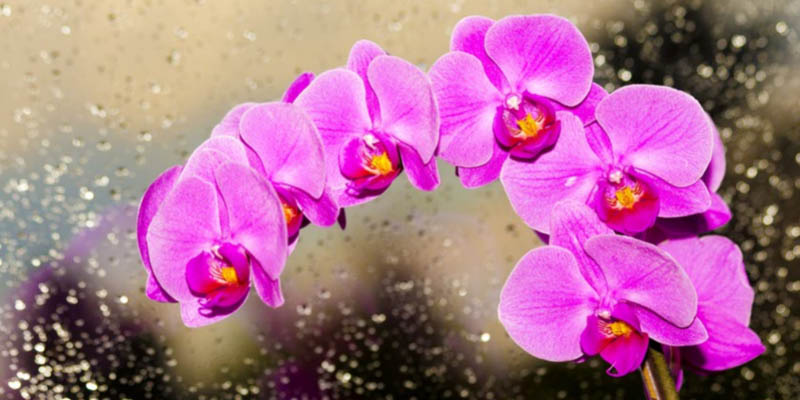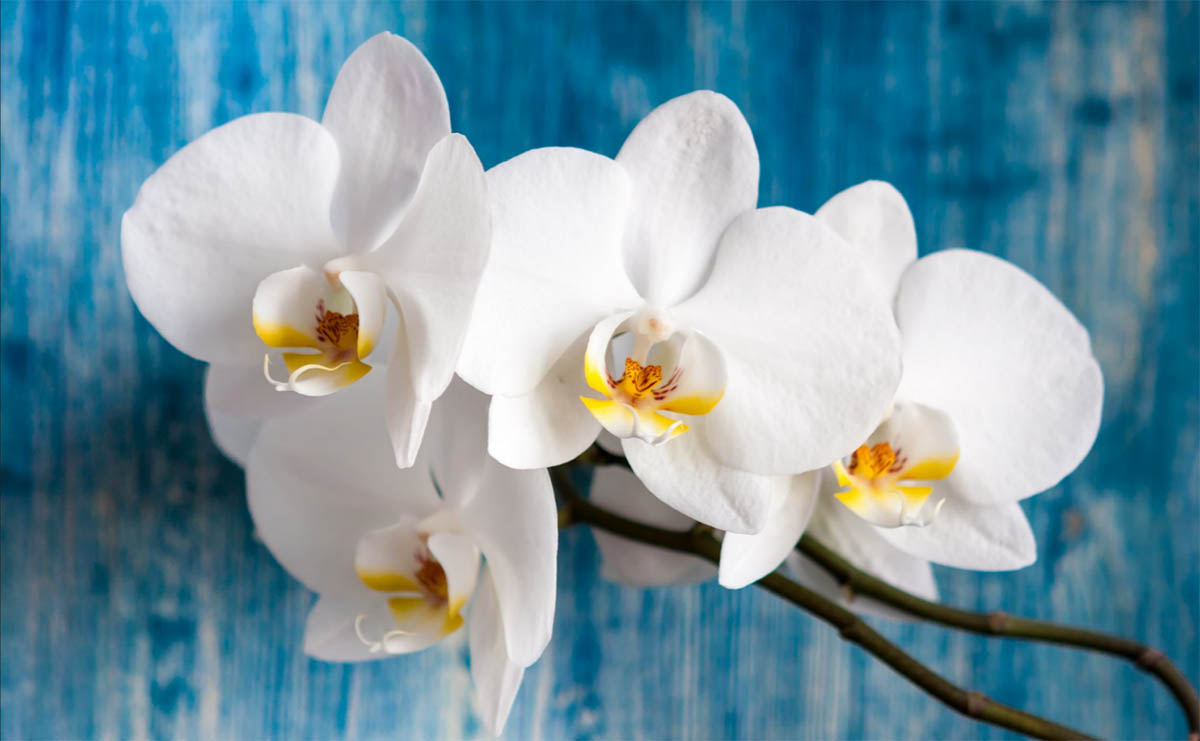
Orchids are a beautiful species of flower that were once very rare, but are now commonly available. In this week’s guest article, learn how to choose, grow and care for your orchids.
Although orchids are not as rare or remote as they once were, the name still commands a certain respect.
We usually associate orchids with exotic places off the beaten track. They symbolize nobility, beauty and a tantalizing unattainability.
It was only about a century ago that orchids came into common currency. Until then, we only heard second-hand accounts from intrepid orchid hunters who would undertake perilous treks to uncharted tropical regions.
Up until the end of the 19th century, orchid growing was an expensive niche hobby in Europe. The orchids found overseas were transported back and then tended by the rich enthusiast.
Over the course of the 20th century though, developments in transportation, IT and insulation materials meant that orchids could enter the lives of those less fortunate financially. Great advances have also been made in terms of orchid breeding and hybridization.
We can now buy orchids just about anywhere without breaking the bank. They are not difficult to grow and add a touch of luxury to any home or garden.
What are orchids?
Members of Orchidaceae – the largest family of plants – orchids are perennials.
It’s estimated that there are an incredible 25,000 species growing wild. There are at least the same number of natural and artificial hybrids.
Orchids are genetically unstable and they can interbreed in the wild quite simply. These hybrids often differ considerably from their parents and go on to reproduce without incident.
Most of these hybrids however came about through human intervention over the past 100 years.
Orchids have 4 basic features:
- The flowers are bilaterally symmetrical. This means they can be divided into two equal parts
- The pollen grains are grouped into pollinia (sticky masses related to their complex reproduction)
- Seeds are tiny. They contain no nutritive material and only undeveloped embryos
- In the wild, seeds can only germinate when symbiotic fungi are present
Some Orchid Facts
- The size of orchids depends on the species. They can be as tiny as a coin or weigh almost 100kg. Platystele jungermannioides is the smallest species and grows just 2mm. Grammatophyllum speciosum is the largest kind. Its bulbs can reach a whopping 2.5m
- Vanilla is one of the most widely used and best-known flavours. Vanilla is extracted from the pod of Vanilla planifolia, a species of orchid
- According to scientists, orchids have existed for around 100 million years
- Terrestrial orchids live on the ground while the epiphytic type attach themselves to tree trunks or woody plants. Some orchids even thrive underground
- Some orchids are parasitic. They cannot produce food like other plants from sunlight and carbon dioxide. Instead, they get nutrients from the fungi living inside their roots
- The shape, texture and size of orchid leaves are dependent upon their habitat. In dry climates, the leaves tend to be thick and covered with wax. Those species from warm and humid areas have thin leaves which are elongated
- Unlike other plants, orchids do not have normal roots. They have either tuber, rhizome or aerial roots
Cultivation and care
It’s practically impossible to cultivate most species of terrestrial orchids under amateur conditions.
Tropical epiphytes though can be maintained without undue problems.
The main important factors for care are:
- Humidity: The correct level of humidity is needed along with proper air circulation
- Temperature: Not only is the right temperature crucial but its temporary decrease too – as well as a drop in humidity – for the induction of the flower. A good knowledge of the altitude and temperature characteristics of the place where the orchid naturally occurs is key
- Light: Orchids have diverse light needs. Rainforest species, for example, need much less light than alpine orchids
- Nutrition: A lesser but nevertheless important element is nutrition. Epiphytic orchids have a low chance of obtaining minerals. They can only get this nutrition from rain water, animal excrement and their dead bodies
These are some general pointers for cultivation, but as with any diverse group of plants such as Orchidaceae there are no hard and fast rules so do your homework.
Wrap-up
Whatever your level of expertise, why not try brightening up your garden with some orchids?
These magnificent, colorful plants are no longer the preserve of the wealthy botanist.
Enjoy!
About the author
My name is Dianne and I am passionate about all things related to gardening. I blog about indoor and outdoor planting as well as offering useful information about the best gardening products.
You can visit my site here — http://www.igardenplanting.com/

